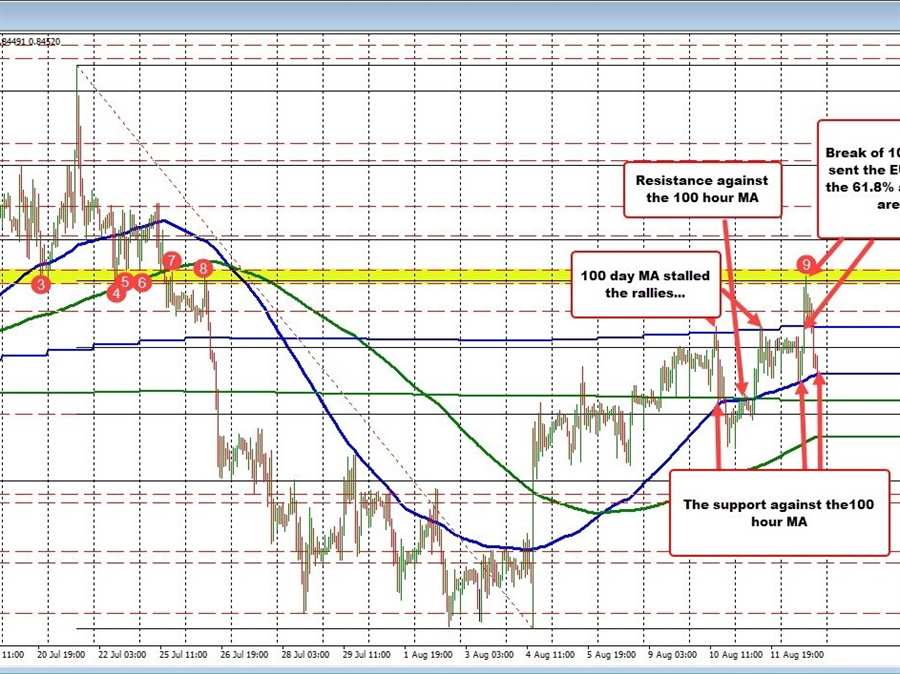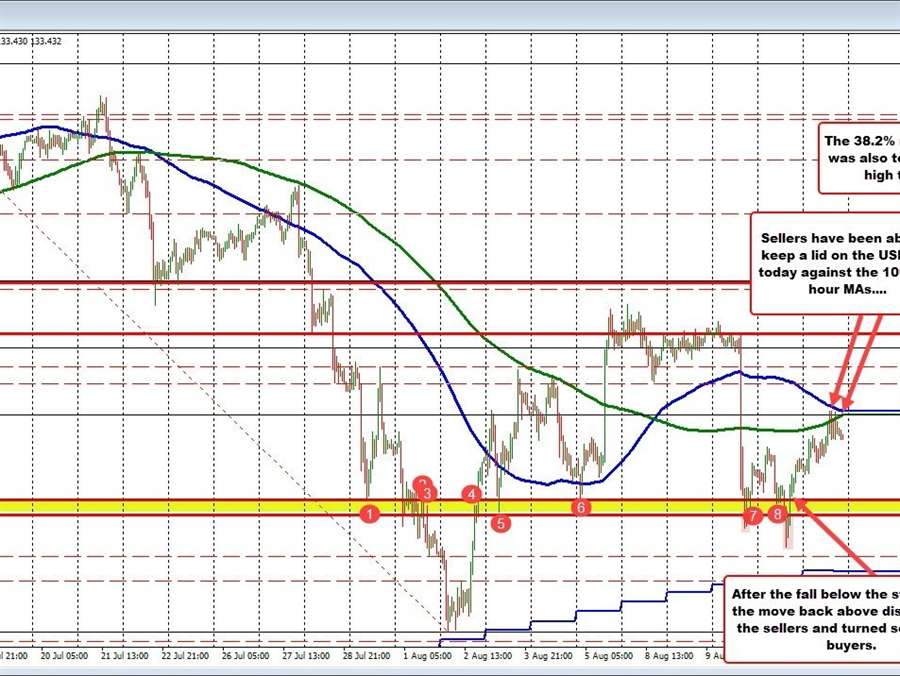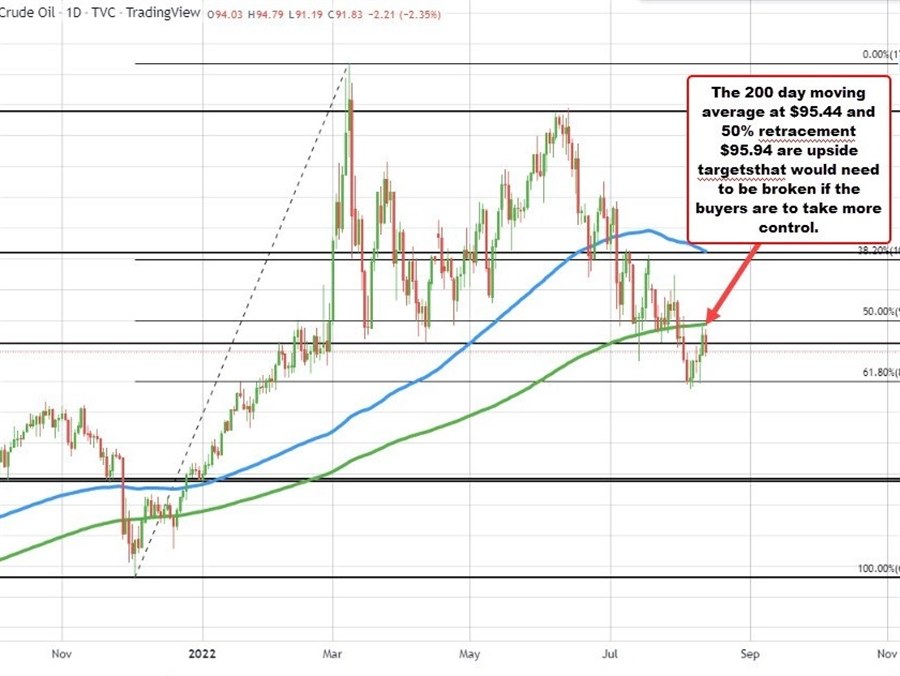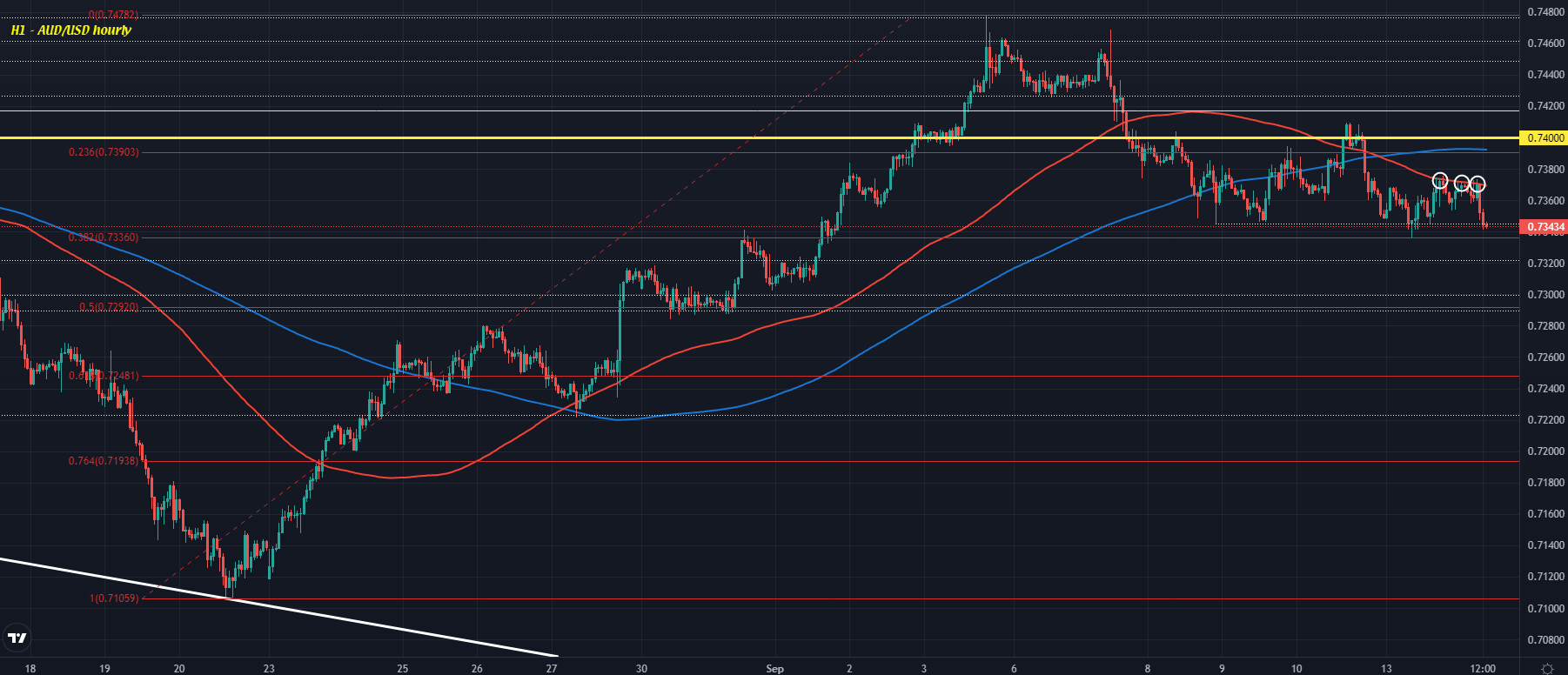
The AUDUSD
AUD/USD
The AUD/USD is the currency pair encompassing the Australian dollar of the Commonwealth of Australia (symbol $, code AUD), and the dollar of the United States of America (symbol $, code USD). The pair’s rate indicates how many US dollars are needed in order to purchase one Australian dollar. For example, when the AUD/USD is trading at 0.7500, it means 1 Australian dollar is equivalent to 0.75 US dollars. The Australian dollar (AUD) is the world’s fifth most traded currency, whilst the US Dollar (USD) is the world’s most traded currency, resulting in a very liquid pair, with tight spreads, often staying within the 1 pip to 3 pip spread range on most forex brokers. AUD/USD Popular Among Various Types of TradersA lot of traders consider the AUD/USD to perhaps be the most consistent currency pair with respect to swing trading, as it has often moved in steadfast cycles.Having said that, every pair presents its own challenges for traders.The AUD/USD is very popular with swing traders, with the four-hour timeframe being, historically at least, more dependable than others. Historically the AUD/USD is influenced by interest rate differentials, commodity prices, government credit ratings, and overall sentiment and speculation.
The AUD/USD is the currency pair encompassing the Australian dollar of the Commonwealth of Australia (symbol $, code AUD), and the dollar of the United States of America (symbol $, code USD). The pair’s rate indicates how many US dollars are needed in order to purchase one Australian dollar. For example, when the AUD/USD is trading at 0.7500, it means 1 Australian dollar is equivalent to 0.75 US dollars. The Australian dollar (AUD) is the world’s fifth most traded currency, whilst the US Dollar (USD) is the world’s most traded currency, resulting in a very liquid pair, with tight spreads, often staying within the 1 pip to 3 pip spread range on most forex brokers. AUD/USD Popular Among Various Types of TradersA lot of traders consider the AUD/USD to perhaps be the most consistent currency pair with respect to swing trading, as it has often moved in steadfast cycles.Having said that, every pair presents its own challenges for traders.The AUD/USD is very popular with swing traders, with the four-hour timeframe being, historically at least, more dependable than others. Historically the AUD/USD is influenced by interest rate differentials, commodity prices, government credit ratings, and overall sentiment and speculation.
Read this Term is banging against the 38.2% retracement support level
Support Level
A trading support or support level represents a given price that acts as a temporary barrier for an asset. In particular, this level ensures an asset’s price will not fall below it or will encounter difficulty in doing so.All assets can utilize supports, be it forex, equities, commodities, etc. A given asset’s support level is created by buyers that enter the market whenever the asset falls to a lower price. Basic support levels can be calculated and charted by identifying the lowest lows for a time period being considered. This can occur over any period, be it daily, hourly, etc.A support line can be either flat or skewed up or down relative to the overall price trend. Looking deeper, other technical indicators and charting techniques can be used to identify more advanced versions of support.Support levels differ from resistance, which illustrate the opposite direction of price movements.Understanding Support LevelsWhen the price of an asset falls towards a defined support level, the asset can either hold at this level or fall further. In this case, additional supports must be identified to compensate for a breach or decline.Support levels in many assets can be created by limit orders or simply the market action of traders and investors.Traders can rely on support levels to plan either entry and exit points for trades, as well as crafting more detailed trading strategies. For example, if the price action on a chart falls below a support level, it is seen as an opportunity to buy or take a short position. Additionally, if this breach of the support level occurs during uptrend, it may possibly be a sign of a reversal and strength.
A trading support or support level represents a given price that acts as a temporary barrier for an asset. In particular, this level ensures an asset’s price will not fall below it or will encounter difficulty in doing so.All assets can utilize supports, be it forex, equities, commodities, etc. A given asset’s support level is created by buyers that enter the market whenever the asset falls to a lower price. Basic support levels can be calculated and charted by identifying the lowest lows for a time period being considered. This can occur over any period, be it daily, hourly, etc.A support line can be either flat or skewed up or down relative to the overall price trend. Looking deeper, other technical indicators and charting techniques can be used to identify more advanced versions of support.Support levels differ from resistance, which illustrate the opposite direction of price movements.Understanding Support LevelsWhen the price of an asset falls towards a defined support level, the asset can either hold at this level or fall further. In this case, additional supports must be identified to compensate for a breach or decline.Support levels in many assets can be created by limit orders or simply the market action of traders and investors.Traders can rely on support levels to plan either entry and exit points for trades, as well as crafting more detailed trading strategies. For example, if the price action on a chart falls below a support level, it is seen as an opportunity to buy or take a short position. Additionally, if this breach of the support level occurs during uptrend, it may possibly be a sign of a reversal and strength.
Read this Term of the move up from the March 15 low at 0.74712. The low for the day has so far reached 0.7473, but there are on a number of lows between the level of 0.7476 today on the hourly chart.
Other swing lows going back to March 24, extend down to 0.74656. So the area between that level and the 38.2% retracement at 0.74712, needs to be broken to give sellers more confidence. Below that a further break of a swing area between 0.74497 and 0.7455 would be the next downside target if sellers are to continue to probe the downside.
Of note from earlier today was at the price corrected up to retest its broken 200 hour moving average (green line currently at 0.75184) and found willing sellers against that level giving the sellers the go-ahead to push lower toward the 38.2% target.
The question now is “Can the sellers continue through the next targets?”










